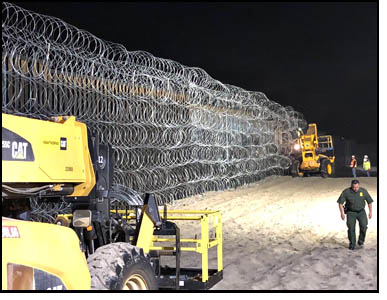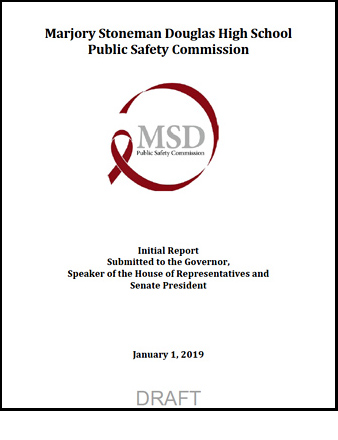 This particular post could just as well have been titled First, Build the Wall. And Then …, Part 2.
This particular post could just as well have been titled First, Build the Wall. And Then …, Part 2.
If you haven’t read my December 2, 2018, post which would have been Part 1, I’d suggest you read it first. In that post I explained why a well-conceived and structurally superior barrier along the US – Mexico border is not a luxury; it is a necessity to protect the sovereignty of the United States.
To quickly summarize the main points in that post, the purposes of the wall are to:
(1) Visually, physically, and unmistakably identify the legally recognized boundary separating the United States and Mexico, and
(2) Delay illegal aliens from entering the United States until Border Patrol and ICE agents can get to the illegals’ point of entry at the wall and apprehend them if they’ve already entered illegally or discourage illegal entry if they have not, and
(3) Guide and direct persons who seek entry and are permitted to enter lawfully to controlled points of entry where they can request United States law be applied.
As expected, opponents of the wall countered this week that the wall won’t be effective. Their argument depends on their definition of “effective.” If their expectation for an effective wall is that it will, by itself, completely prevent illegal entry through the border, then they are absolutely correct.
But any barrier (e.g., the wall regardless of its design and materials) will only slow down (“delay”) illegal entry. It will “Delay illegal aliens from entering the United States until Border Patrol and ICE agents can get to the illegals’ point of entry at the wall and apprehend them if they’ve already entered illegally or discourage illegal entry if they have not.” This principle was explained in my December 2 post.
What is also remarkable is that some of the wall’s opponents suggested this week that the wall President Trump wants to build should not be built at all. Rather, they suggest the money that would be spent for the wall should be used for “technology and manpower.”
Any of the wall’s proponents who believe President Trump’s proposed wall is the definitive and dispositive answer to US-Mexico border security are as ignorantly wrong as the wall’s opponents such as US Senator Dick (appropriately named) Durbin who believe “technology and manpower” is the definitive and dispositive answer.
As they are used to augment security along the US-Mexico border, the wall (a manmade physical barrier) and technology (deterrent, detection, and verification systems) fall under the category of “tactical infrastructure,” usually abbreviated “TI.”
Barriers introduce deterrence and time delays to discourage and delay invaders until responder arrive to apprehend.
Technology has already been used for years to sense unauthorized activity (tunnels, barrier defeats, airborne overflights, etc.). Conventional video and satellite imagery can also help verify that the source of an intrusion alarm is human versus animal.
There are nonlethal energy directed weapons that theoretically could be used to repel intruders, however the ADS shown in the example would seem to be most effective against wall climbers while they’re still on the invader’s side of the wall. Likewise, claims about no permanent damage caused by ADS and other systems are generally based on the immediately observable short-term results of tests performed on healthy adults. Long-term harm such as cancers, miscarriages in pregnant women, immune system-compromised invaders, etc. would probably have to be determined.
Ultimately, however, apprehension, arrest, detention, and associated legal action requires manpower. That’s Customs and Border Protection agents. For the last several budget cycles, CBP has been unable to recruit and train sufficiently qualified and committed agent applicants to meet existing staffing needs.
Barriers and technology can have a force multiplier effect to make the CBP agents more effective, however neither barriers nor technology can replace the human decision-maker and operative.
 “On February 14, 2018, fourteen students and three staff members at the Marjory Stoneman Douglas High School in Parkland, Florida, were fatally shot and seventeen others were wounded, in one of the deadliest school massacres in United States’ history.”
“On February 14, 2018, fourteen students and three staff members at the Marjory Stoneman Douglas High School in Parkland, Florida, were fatally shot and seventeen others were wounded, in one of the deadliest school massacres in United States’ history.”
